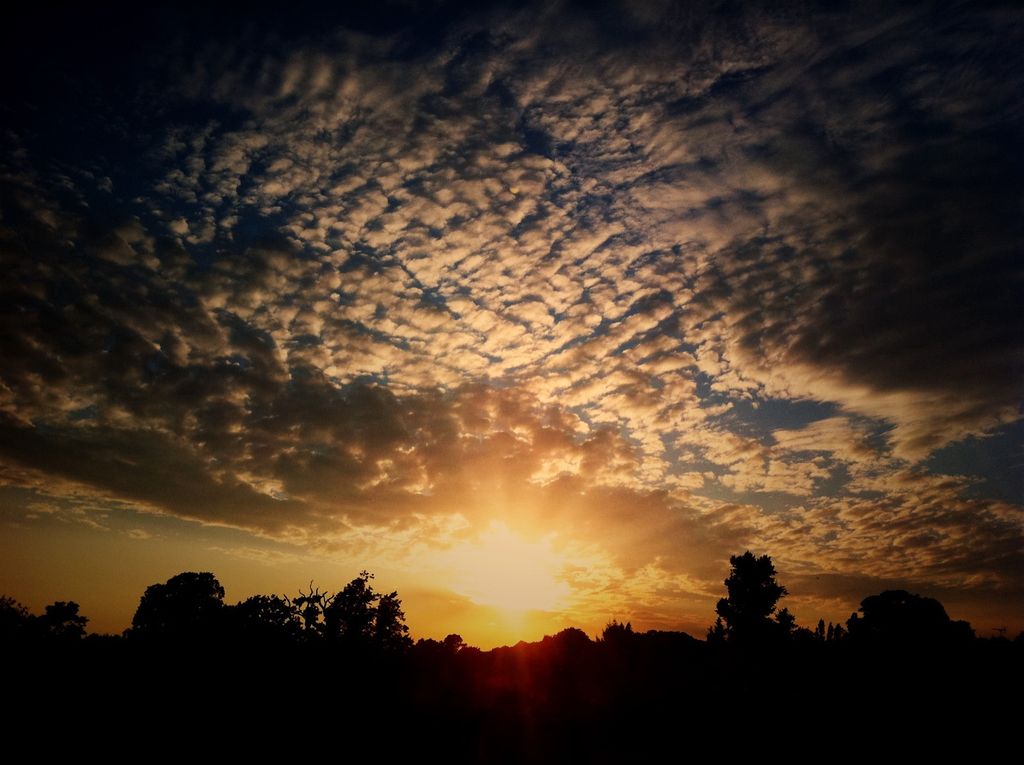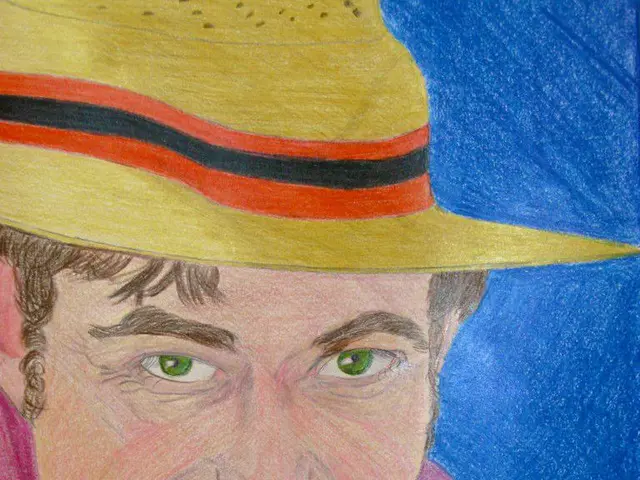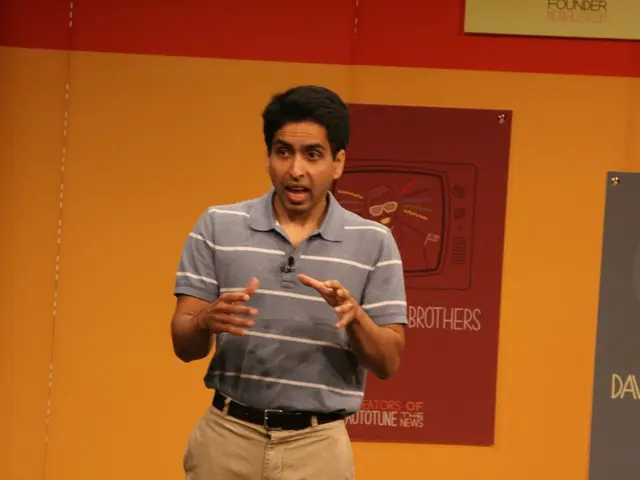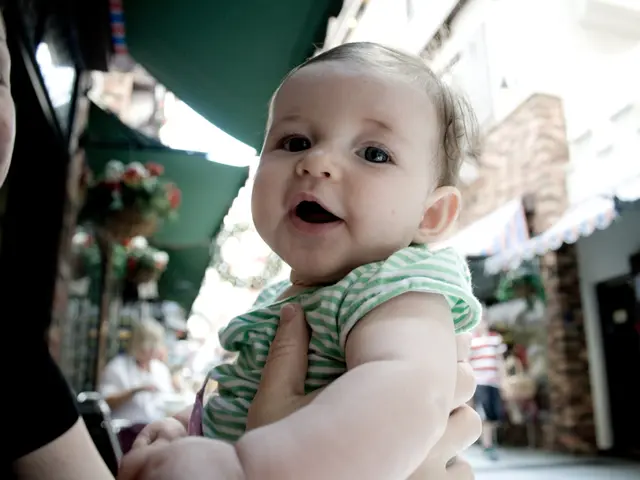Enjoying The Middle Ages: What Leisure Activities Did Medieval Folk Engage In?
In the heart of the medieval era, entertainment knew no bounds, mirroring the times' religious and social intricacies. Here's a peek into the amusing world of the Middle Ages:
Knightly Tournaments
Knights additional to showcasing their valor and combat skills during tournaments, transformed these events into magnificent festivals complete with fairs and artist performances. Tournaments were of two types; general, where teams clashed like in wars, and one-on-one, where lesser-known knights challenged the elite. The winners accumulated prestige, riches, and sometimes, the affection of the tournament queen. Peasants and townspeople were fond of watching archery competitions and fistfights, where they could even participate. As times advanced, tournaments became exclusive events for the nobility, marking significant milestones like weddings or victories in war.
Medieval Revelry and Artistic Expressions
The Church had an immense influence on daily life during the Middle Ages, imposing numerous restrictions. However, the public's disregard for such prohibitions was apparent, especially during the performances of wandering artists. Jugglers, magicians, acrobats, and minstrels roamed cities and villages, entertaining the masses with their artistic talents. The people loved puppet shows, which depicted biblical stories, folklore, legends, and even comic scenes.
Masked Balls and Carnivals
Weeks preceding Lent saw the, often scandalous, masquerades and carnivals filling city streets. People, irrespective of their social standing, reveled in the anonymity provided by masks, and the prim medieval society crumbled into a single raucous mob. Masquerades were ruled by the elected "king of jesters," and the climax was the election of the "donkey pope," who would ridicule the church by riding around town in a priest's costume atop a donkey.
Joyful Tunes and Dancing
Everyone enjoyed music, from the simple tunes of wind instruments like trumpets, flutes, and bagpipes to the elegant strums of the harp preferred by the nobility. Dances mirroring the merry holidays in medieval castles included the Carola, a straightforward dance to match its tranquil tune, and the Estampie, a more intricate dance requiring rhythm and performance skills. Passionate about sports and games, villagers often played football-like games that resembled modern soccer, using unconventional 'balls' like burlap or bull skin.
Chess and Dice
Chess, an elegant game borrowed from the Arabs, was a popular pastime, with the rules slightly modified to align with European realities. Dice games, a simple game of chance, were also prevalent, inciting raucous gatherings and occasionally leading to fights, murders, and small-scale conflicts.
Though the Middle Ages have passed, entertainment and the need for enjoyment remain. Masquerades continue, and wandering artists transformed into touring performers. Dancing and chess are still loved, even with modern adaptations.
Join us for engaging conversations and incredible giveaways on our Telegram group: t.me/ourwebsite
References:
Cartwright, M. (2020, November 27). Medieval Tournament. Retrieved December 03, 2020, from https://www.ancient.eu/Medieval_Tournament/
Medieval chess and variants. (n.d.). Retrieved December 03, 2020, from https://thomasguild.blogspot.com/2014/02/medieval-chess-and-variants.html
Romo, D., & Says:, I. (2020, June 08). The Unexpected History of Masquerade Balls · CULTURE · GREYJournal.net. Retrieved December 03, 2020, from https://greyjournal.net/play/learn-culture/mystique-masquerade-ball-history/
Simkin, J. (n.d.). Wandering Minstrels. Retrieved December 03, 2020, from https://spartacus-educational.com/Wandering_Minstrels.htm
Tournaments of the Medieval Knights. (2019, November 15). Retrieved December 03, 2020, from https://www.thegreatcoursesdaily.com/tournaments-of-the-medieval-knights/
William Anderson, W. (n.d.). Medieval Minstrels: History & Traveling Thespians. Retrieved December 03, 2020, from https://schoolworkhelper.net/medieval-minstrels-history-traveling-thespians/amp/
Additional Insights:
- Theatre and Performance: Mystery plays, morality plays, farces, and interludes, and mummers plays, were popular forms of medieval drama. Liturgical dramas, the precursors to medieval drama, were also common.
- Festivals and Celebrations: Feast of Fools and various liturgical dramas played a significant role in the development of medieval comedy.
In the realms of both science and history, we find fascinating insights about the amusement and pastimes of the Middle Ages. Aside from the grand knightly tournaments, medieval society was captivated by the artistic performances of wandering minstrels, jugglers, and puppet shows. These entertainments offered a refreshing contrast to the religious and social intricacies of the era. Additionally, the lifestyle of the Middle Ages was enriched by the vibrant rhythm of music, such as joyous tunes played on wind instruments, and popular games like chess or traditional ball games.








